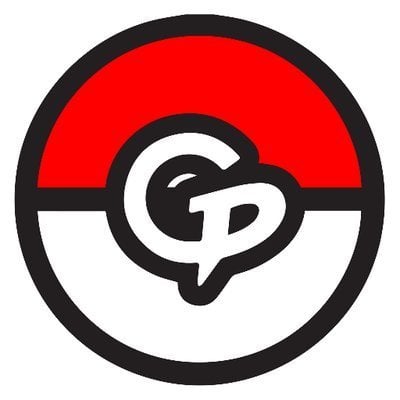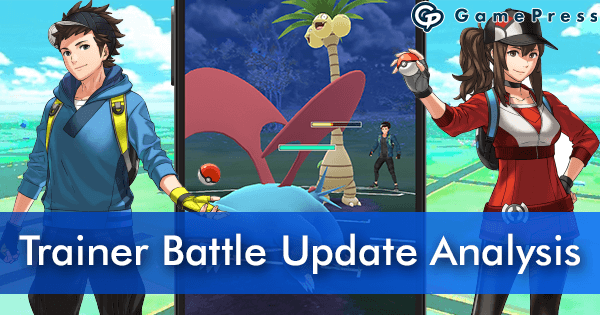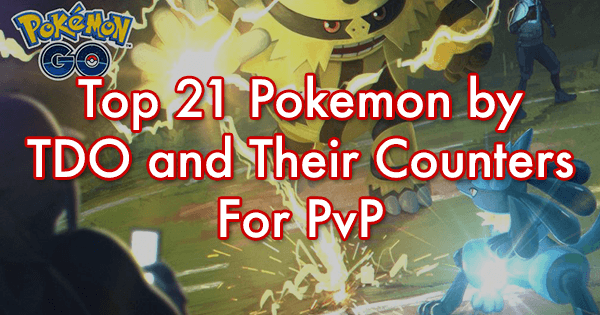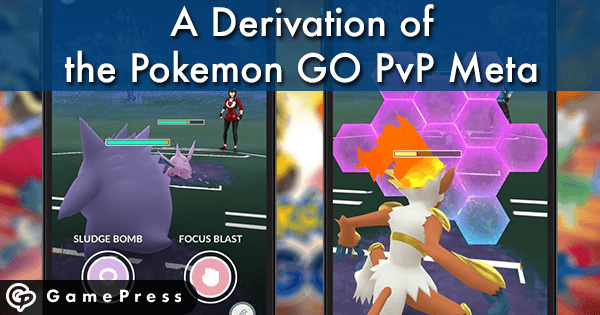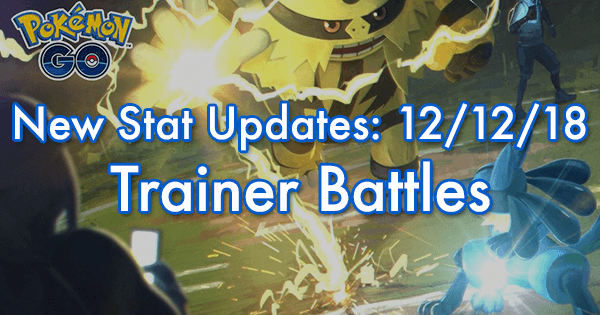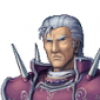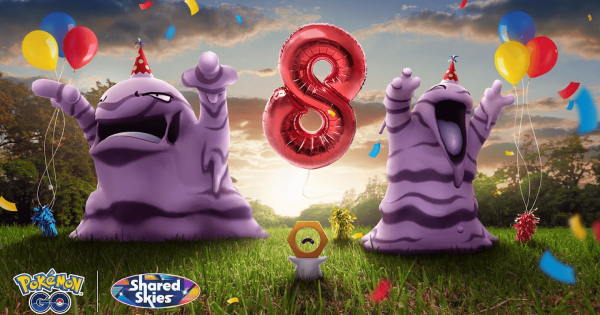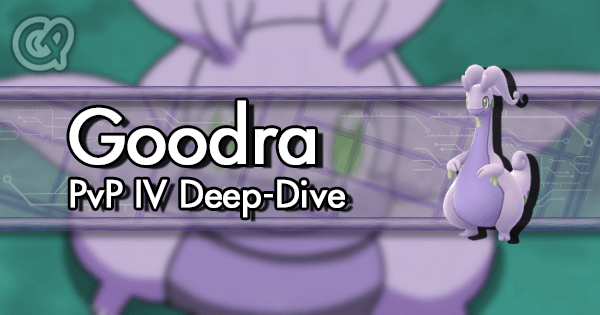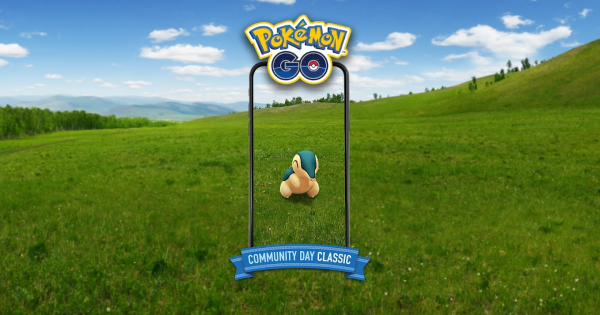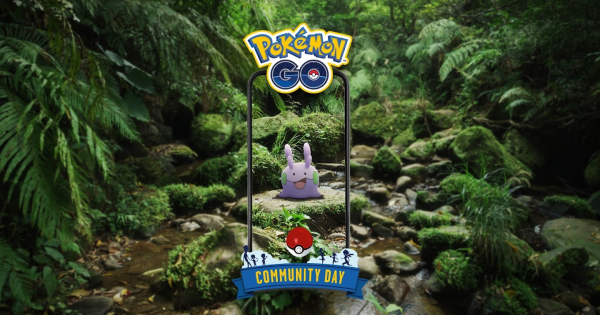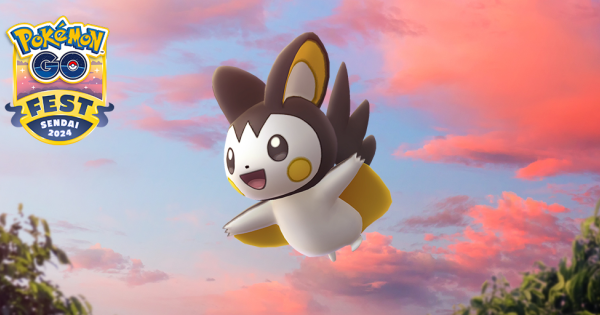Overview
At long last, PvP is here! Prior to this feature’s release, Niantic teased the community relentlessly with footage of PvP battles. Though there was much speculation to be had from that footage about PvP mechanics, we couldn’t make any definitive conclusions - until now!
With the new game master in hand and real battles to work with, we at GamePress proudly present our preliminary findings on PvP mechanics.
Global Mechanics Changes
Learning a 2nd Charged Move
As teased previously, the introduction of PvP accompanied the ability for most Pokemon to learn a second charged move. This comes at a hefty cost of stardust and candy. Legendary Pokemon are the most expensive to instruct, while common Pokemon such as Magikarp (and by extension, Gyarados) are relatively cheap. There are 4 tiers of instruction costs:
| Stardust | Candy |
|---|---|
| 100,000 | 100 |
| 75,000 | 75 |
| 50,000 | 50 |
| 10,000 | 25 |
The 2nd Charged Move is available in all contexts, including Gym and Raid battles. Gym defenders use either Charged Move at random with equal likelihood, if both are charged up.
Type Effectiveness Multipliers
Remember the good ol’ days when STAB and type effectiveness both used a 1.25x multiplier? Changing the effectiveness multiplier to 1.4x increased the importance of type advantage. The effectiveness multiplier has been increased again, this time to 1.6x - a change that, among other things, nerfs Pokemon like Blissey that were charted to be the TDO queens of the metagame.
| Effectiveness | Old Multiplier | New Multiplier |
|---|---|---|
| Super Effective | 1.4 | 1.6 |
| Not Very Effective | 0.714 | 0.625 |
| "Immune" Tier | 0.51 | 0.390625 |
Mechanics Specific to PvP
General Combat Settings
The new game master file details several parameters that impact how PvP battles work. In this section, we’ll explain each setting to the best of our ability.
"templateId": "COMBAT_SETTINGS",
"combatSettings": {
"roundDurationSeconds": 240.0,
"turnDurationSeconds": 0.5,
"minigameDurationSeconds": 4.0,
"sameTypeAttackBonusMultiplier": 1.2,
"fastAttackBonusMultiplier": 1.3,
"chargeAttackBonusMultiplier": 1.3,
"defenseBonusMultiplier": 1.0,
"minigameBonusBaseMultiplier": 1.0E-4,
"minigameBonusVariableMultiplier": 1.0,
"maxEnergy": 100,
"defenderMinigameMultiplier": 1.0,
"changePokemonDurationSeconds": 12.0,
"minigameSubmitScoreDurationSeconds": 10.0,
"quickSwapCooldownDurationSeconds": 60.0
A battle has a 240 second, or 4-minute timer. If the battle doesn’t end when the time is up, then the winner is the trainer with more remaining Pokemon. If both trainers have the same number of remaining Pokemon, then the winner is the trainer with the greatest total % HP remaining.
In battle, a trainer can tap the screen to use a Fast Move, which generates energy to charge the Charged Move. A Pokemon can store up to 100 energy, and Charged Moves cost between 35 to 80 energy (more on this below). This is true even though energy bars appear to be gone from the battle UI.
The "Minigame"
When a Pokemon has gained enough energy, it can use a Charged Move. This initiates a 3-second sequence in which the attacker repeatedly taps on the screen to power up the Charged Move and the defender has the choice to deploy a Protect Shield. The game master refers to this sequence as the “minigame.” It seems to indicate that its 4 seconds long, but the timer in the game starts at 3 seconds.
If the attacker fails to tap the screen at all during this sequence, then the Charged Move will do the minimum 1 HP damage. The game master seems to indicate that even at maximum power, the Charged Move will not go beyond a 1.0x multiplier. Currently, we do not know how much tapping is needed to achieve maximum power. If the defender deploys a Protect Shield, then the Charged Move does 1 HP damage.
Switching Pokemon
Finally, a trainer has the option to switch Pokemon in battle. When a trainer taps the switch icon, an interface to select a different party Pokemon appears. Note that during this selection process, the opponent is still able to make moves. After the trainer makes a switch, the switch icon will be inaccessible for 60 seconds. This timer runs down during all cinematics, so it’s shorter than it appears.
On the other hand, if a Pokemon is KO’d and the trainer has more than 1 Pokemon remaining, the game initiates a 12-second timer for the trainer to pick a Pokemon to switch to.
So that covers, everything, right? Of course not. You may have noticed Fast Move and Charged Move bonus multipliers in the game master and wondered what that’s about. It turns out that in PvP, all moves have a flat, unconditional 1.3x multiplier! This has been verified for Fast Moves, but it’s more difficult with Charged Moves due to the tapping mechanic.
The Flow of Battle
Each Fast Move and Charged Move in the game has a set of parameters specific to the PvP format. Fast Moves, in particular, have their move duration defined in “turns,” which, according to the game master, are units of 0.5 seconds of time. Fast Moves range from 1 to 5 turns, or 0.5 to 2.5 seconds.
To avoid synchronization problems in PvP while still providing a real-time experience, Niantic uses discrete units of time (turns) instead of continuous units of time (seconds). Each Pokemon’s HP is updated with each turn. Actions executed by both players on the same turn likely occur simultaneously.
Charged Moves do not have a defined duration in the game master, and given that neither player can do anything while the minigame and cinematic occurs, it’s probable that Charged Moves all cost 1 turn to use.
The breakdown of real time into discrete turn units likely explains some of the oddities observed in PvP battles. For example, sometimes a Pokemon doesn’t take damage from a Fast Move until after it uses its own Fast Move. This may be caused by the game waiting for both players to conclude a turn before applying damage.
PvP Move Parameters
The game master includes a full set of new parameters for all Fast Moves and Charged Moves, which apply specifically for PvP battles.
"templateId": "COMBAT_V0226_MOVE_PSYCHO_CUT_FAST",
"combatMove": {
"uniqueId": "PSYCHO_CUT_FAST",
"type": "POKEMON_TYPE_PSYCHIC",
"power": 3.0,
"vfxName": "psycho_cut_fast",
"durationTurns": 1,
"energyDelta": 9
| Duration (s) | DPS | EPS | |
|---|---|---|---|
| Psycho Cut (PvP) | 1.0 | 3 | 9 |
| Psycho Cut (PvE) | 0.6 | 8.33 | 13.33 |
Fast Moves in PvP can be dramatically different than their PvE variants. Some Fast Moves in the game master don’t have a defined turn duration variable. From our cursory testing, it seems that each Fast Move is 1 turn longer than attributed in the game master, which is why Psycho Cut is 1.0 s instead of 0.5 s.
"templateId": "COMBAT_V0070_MOVE_SHADOW_BALL",
"combatMove": {
"uniqueId": "SHADOW_BALL",
"type": "POKEMON_TYPE_GHOST",
"power": 100.0,
"vfxName": "shadow_ball",
"energyDelta": -55
Unlike their PvE variants, Charged Moves don’t have a duration or damage window in PvP. This is unnecessary due to the turn system, as mentioned above. Also, note that Shadow Ball’s energy delta is not -33, -50, or -100, like PvE Charged Moves. In PvP, Charged Moves cost anywhere between 35 and 80 energy. Leftover energy is kept, which means that it’s possible to use Charged Moves costing 50 or less energy twice in a row.
Therefore, ideal Charged Moves in the PvP format have a high DPE (damage per energy) while also having low energy costs, being usable often enough to be threatening.
Remaining Questions
It will take more experimentation to thoroughly break down the intricacies of PvP mechanics. The limited testing that we performed after PvP’s debut opens the door to more questions:
-
If both trainers perform an action on the same turn, how does the game determine which Pokemon acts first (e.g. if a Pokemon gets KO’d)?
-
How does the tapping minigame affect Charged Move damage, and how many taps are needed to achieve the maximum possible power?
-
How does the game decide when to advance to the next turn, and how do the remaining battle mechanics interact with the turn system?

